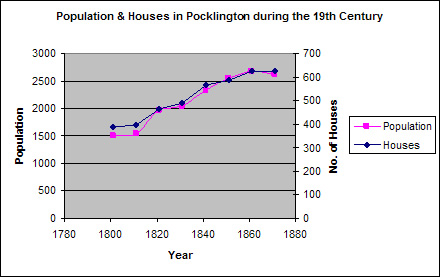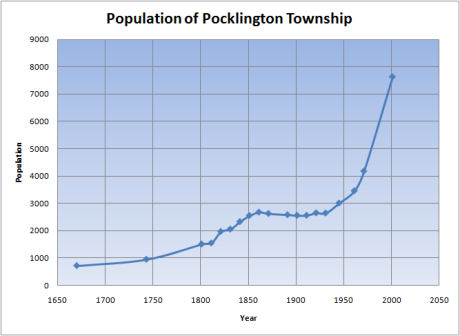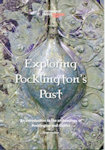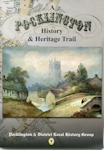 |
|
|
|
|
|
| NB: If you have any extra information/images that could be added to this article, or you find one or more errors, please let me know through the contact page. |
|
|

The above graph shows how the population of Pocklington increased in the 19th Century, during which time the Pocklington Canal was built and later the Railway station which came to Pocklington in 1847.

In the first national census taken in 1801 the population of the township of Pocklington is listed as 1502. Before that the only estimates available are 710 in around 1670, based on the Hearth Tax ,and 943 in about 1743, which comes from Archbishop Herring's visitation returns and is a precise figure given in the return for Pocklington.
After 1861 the population declined, falling to 2,554 in 1901. It increased slightly during the next 30 years to 2,640 in 1931 and was estimated at 3000 in 1945. In 1961 it was 3,452, in 1971 it was 4,176 and in 2001 had increased to 7,632.
Information provided by Roger Bellingham.
|
|
|







